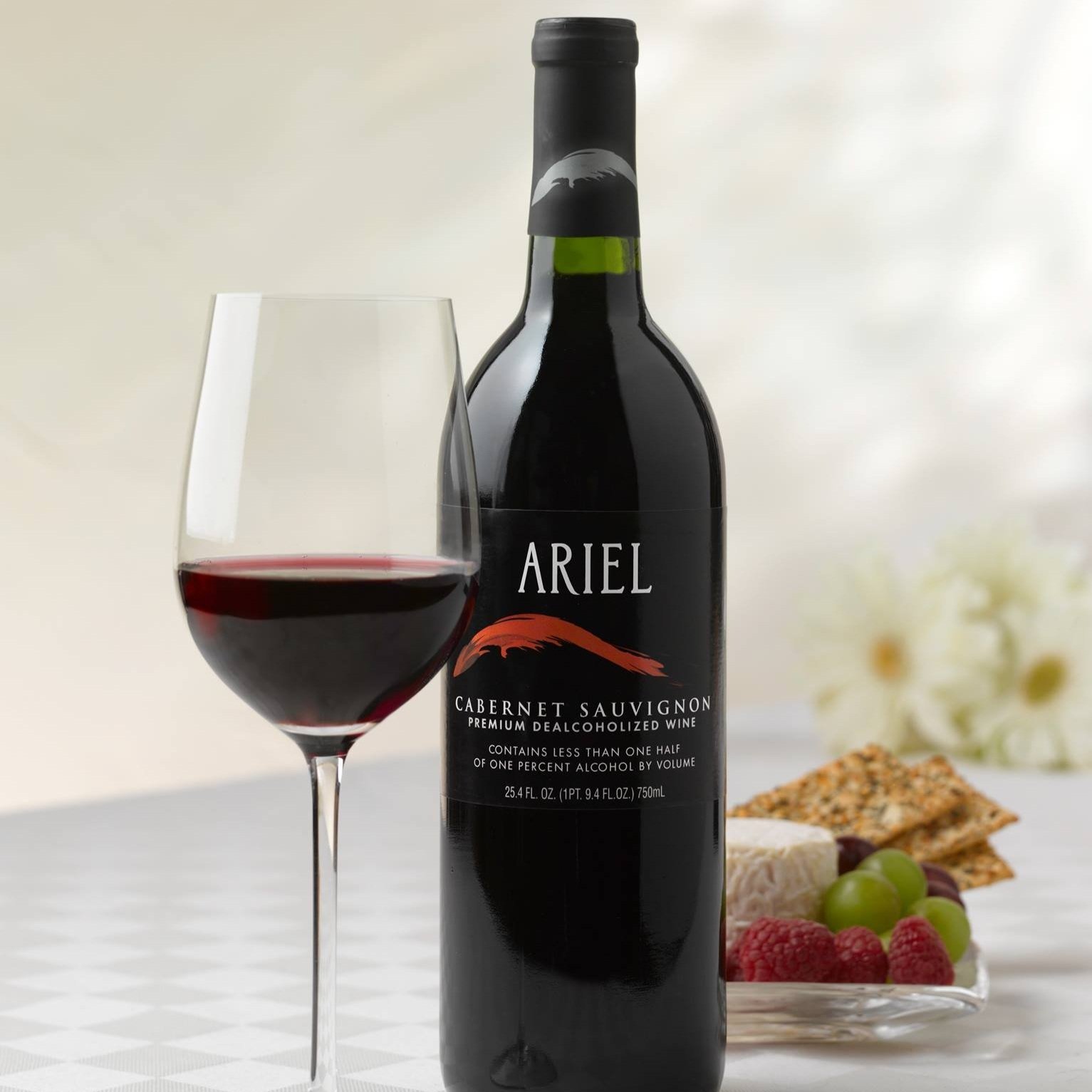A Newbie’s Guide to A Non Alcoholic Wine Tasting with Ariel’s Dealcoholized Cabernet Sauvignon
/Photo credit: www.arielvineyards.com
I’m a firm believer that “I like it” is the only justification anyone needs to choose a particular wine, regardless of price point or rating or anyone else’s opinion. Fortunately, the non-alcoholic wine category offers more and more to like all the time. My latest ‘like’ is Ariel’s dealcoholized Cabernet Sauvignon. And as a novice wine-taster, I’m curious to figure out why.
For any other wine non-experts out there, there are four elements to wine tasting: appearance, bouquet, taste and aftertaste. These elements come together to give us a pleasurable wine experience (or not, as has been the case with non-alcoholic wines of old). Ariel’s offering ticks all the boxes for me.
In the glass, Ariel looks like red wine should – it has a deep ruby colour and is opaque enough to look rich and real. If I drink Ariel at a party, I’m going to look like I’m holding wine, not grape juice. Like most alcohol-free wines, it doesn’t have legs (it won’t stick to the side of the glass when I fancily swirl my glass), which betrays its alcohol-free status. But that’s ok – it IS alcohol-free. What I want is an experience that stands on its own, and visually, Ariel does.
On to the bouquet - This is the toughest one for me to assess as I simply don’t have the nose for the intricacies of a wine’s aroma. Ariel’s bouquet is described as “ black currants, cherry, blueberries and chocolate”. I do smell fruitiness that is not grape-iness, so that’s good. I definitely can smell a little oakiness, which is probably one of the easier scents to discern (if I can, anyone can), and that’s even better because it is a distinctly wine-ish smell. Bottom line – Ariel smells like wine. Full points from me.
As for taste, I can confidently proclaim: “I like this one”. It tastes right to me. It’s not sweet, and the pleasant fruitiness is nicely tempered with the mild bitterness of tannins (these also deliver a dry sensation which would be essential in a Cabernet sauvignon). As with most non-alcoholic wines, it has a lighter body (not as light as some though) but this doesn’t detract from the overall tasting experience.
Finally, to the aftertaste or ‘finish’ – again as is typical of alcohol free options, Ariel doesn’t have the length of a traditional cabernet sauvignon – but again, the tannins help immeasurably with this, giving it just enough linger to be distinctly wine-ish, rather than like over-priced juice.
I used to believe that non-alcoholic wines would always be missing something (i.e. the alcohol offered something irreplaceable) but I no longer believe this to be so. Alcohol is, after all, an acquired taste. As Annie Grace points out in her sober curious tome This Naked Mind, humans and even mice tend to be naturally repelled by the taste given its toxicity. This is why that first drink is usually not a pleasant memory and why drinks targeted at young people tend to be full of sugar and flavours to mask the alcoholic taste. I’ve now ‘unacquired’ my taste for alcohol and as such I don’t miss it in wines that hit the right notes elsewhere – which Ariel certainly does.
And the most important test? Sarah Kate calls it the second glass test, and Ariel had me topping my glass up before I’d gotten to the end. It is only the second of two dealcoholized red wines to pass this test (Lautus was the first one) and at the end of the day, that’s all I need to purchase another bottle. And at around $15 a bottle, it’s a reasonably priced option to keep stocked on my wine rack.
Cheers!




